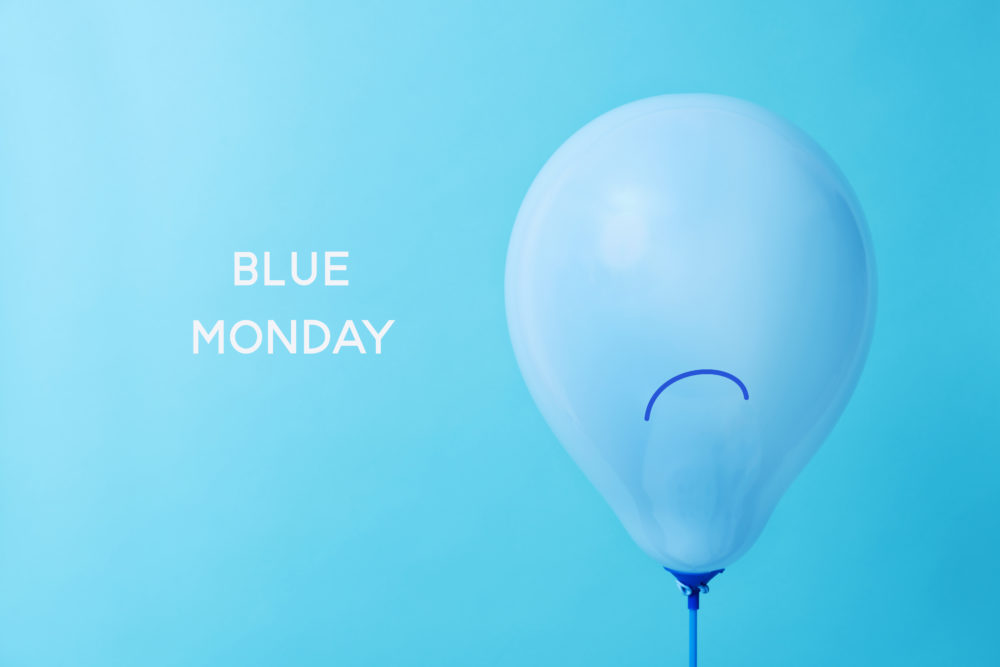Even the most successful businesses know they can’t take the good times for granted. Sooner or later, they have to change to adapt to their environment. If they don’t evolve, they are likely to disappear. The challenge is to work out what kind of change they need, and how much, and how fast, and how to achieve it without taking their eye off the day-to-day basics of business as usual.
The critical driver of that change has to be their relationship with their customers, a relationship that is evolving fast. Leading businesses have always been those that best understand their customers, but how they do that is changing. In the early days of mass production, it was enough to master manufacturing and distribution to get products in front of customers cheaply. Think of Ford. As competition grew, businesses faced pressure to stand out and persuade their customers by strengthening their brands. Think of Coke. Then, the experiences they created became as important as the products and services themselves. Think of Apple.
That kind of product, brand differentiation and experience all still matter, but businesses need to recognise that their customers have moved on. We are in the era of what PA calls Customer 4.0. In this world, customers now see brands and businesses as a means to an end and brand loyalty is declining. Two thirds of them trust strangers’ opinions to help them decide, using the digital connectivity that has put the information and the power in their hands and they use it to shop around.
That means businesses now have to make themselves part of their customers’ world, not the other way round. They have to show they can help customers achieve their goals and they need to be ready to reinvent and reorganise themselves to do just that.
Responding to a new dynamic
A number of long-standing businesses are showing they understand this new dynamic and successfully responding to it. Aston Martin realised its customers wanted the high performance and signature style its brand stood for but they also wanted the fuel efficiency and advanced technology of more mainstream cars, and regular launches of new models. So the business joined forces with a competitor, Daimler and the joint operation now plans to launch a new model every nine months until 2021. The first of these, the DB11, boosted Aston’s car sales by 75 per cent, doubled revenues to £188 million and turned a £30 million loss in the first quarter of 2016 into a £5.9 million pre-tax profit in 2017.
Another company evolving to meet its customers’ goals is Microsoft. It is using Windows 10 to provide operating systems that run on any device, with no charges for every upgrade. It has provided tools in the cloud to enable App developers to write apps once, not several times to suit different platforms. The business has also turned old rivals like Oracle and Salesforce into partners to give customers the seamless service they want, not least through its cloud offering.
Despite being one of the most successful UK retailers, John Lewis still faces competitive pressure, with online shopping reducing its department stores’ share of overall sales. It has responded by giving high street customers a more one-stop shopping experience with in-store opticians and travel agent concessions, and cafes in its Waitrose supermarkets. It is also appealing to online shoppers by teaming up with marketing platform Monetate to give them a more personalised experience. This helped to bring a 2.7 per cent increase in customers in 2016.
Thinking about the outcomes your customers want
To mirror these successes and put customers at heart of their thinking, businesses need to think about the outcomes their customers are trying to achieve. So, not just how they might get more value from your business, but what their goal is. For example, most train companies focus on selling the travel experience of a clean train that gets from A to B quickly but the outcome most customers want is confidence that the train will arrive on time. It is less about how long the journey takes and more about there being no surprises. Asking probing question about the outcome customers are looking for can bring fresh insights into how to help them achieve it. For instance, the train company could give better warnings of delays and ‘typical journey times’ rather than just what is in the timetable.
Then, the business needs to take a segment of customers who want the same outcome, and map their ‘universe’. This isn’t just about tracking a linear customer journey. It means exploring all the influences in the customer’s world and thinking about how to be more relevant in that universe as a whole.
This is not straightforward, and requires companies to break away from a lot of orthodox thinking. But if organisations like Aston Martin and Microsoft can learn new tricks then why can’t any company?
Conrad Thompson is head of business design at PA Consulting Group.





